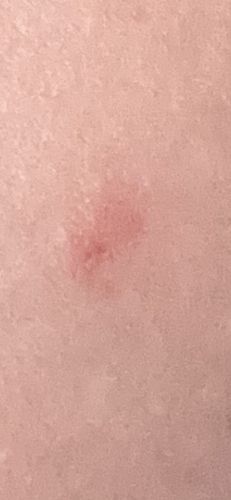Mosquito (Bite)
Scientific Name: Culicidae (Mosquito Family)
Order & Family: Diptera, Culicidae
Size: 3 mm to 10 mm (adults)

Natural Habitat
Worldwide, especially near stagnant or slow-moving water bodies (e.g., ponds, swamps, marshes, containers holding water), where they lay eggs and larvae develop.
Diet & Feeding
Female mosquitoes feed on blood (hematophagy) to obtain proteins for egg development. Both male and female mosquitoes feed on nectar, plant sap, and other sugar sources for energy.
Behavior Patterns
Mosquitoes are most active during dusk and dawn, though some species are active during the day. Females locate hosts by detecting carbon dioxide, body odor, and heat. After feeding, they rest to digest the blood meal before laying eggs.
Risks & Benefits
Potential Risks: Mosquitoes are vectors for numerous diseases including Malaria, Dengue Fever, Zika Virus, West Nile Virus, Chikungunya, and various forms of Encephalitis. Their bites can cause itchy welts and allergic reactions. Potential Benefits: In their larval and adult stages, mosquitoes serve as a food source for various animals like fish, birds, bats, and other insects, playing a role in food webs. Larvae also contribute to filtering organic matter in water.
Identified on: 9/9/2025